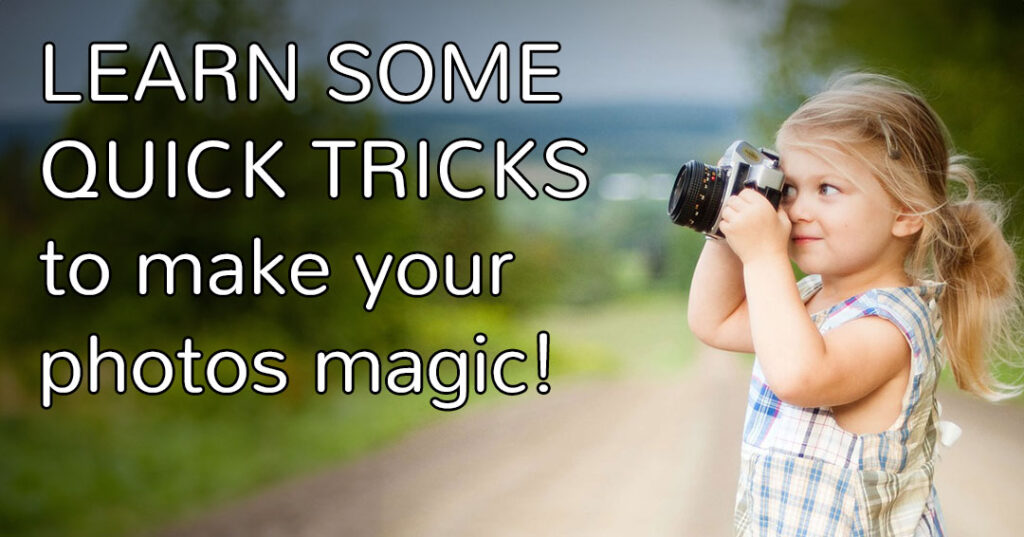When it comes to product photos, there are three things that can really make the difference between a compelling, professional looking photo and an off-putting, amateurish looking one. Here are some things to keep an eye out for and also a simple solution to avoid them!
Lighting
Poor lighting is one of the biggest problems that people run into when taking any kind of photographs. It doesn’t matter if you’re using a high quality CLR or your cell phone… if the lighting is bad, you’re going to get a poor quality photo.
The best kind of light to have for product photos is bright, indirect or evenly distributed light. This helps visitors see the detail of your product and not areas that are obscured on some level by highlights and shadows. Direct light (for example, a lamp shining in from a single direction) will likely produce glare on one part of your product and deep shadows on another. While that can be good for dramatic effect, it’s not usually great for product photos. If you’re shooting photos in your home or office, you may have to experiment with the lighting in different areas to see which works best, but in any case, you’ll probably want to avoid pointing a light directly at your product.
Background
It’s really common for picture-takers to be so focused on their product (or subject) that they don’t notice what is going on around them in the background of their photo. (You’ve chuckled at those photos before… what would have been a great photo of someone or something, but there are more interesting shenanigans going on in the background.) Same is true for product photos. If you’re taking a photo of your product on your kitchen counter, make sure that counter isn’t covered with crumbs and that there aren’t dirty dishes in the background. These are things that will distract your viewers and ruin any level of professionalism in the look of your photo.
For product photos, a solid, neutral colored background is usually best. Choose black, white, gray or some other non-distracting color that will work well to contrast your product but not add distraction to your photo.
If you can’t isolate your product from background distractions, see if you can add some blur to the background to tone down or even obscure what is going on back there. When taking photos, get as close to the product as you can before you reach a point where the product (or parts of it) are becoming out of focus. Many lenses will naturally blur the background if the foreground is in focus. If you have a newer phone, see if your camera app has a “portrait” mode that isolates a subject from the background by blurring the background. If neither of those work for your device when taking a photo, you may be able to add blur to the photo afterward. There are a variety of tools you can use, including this free photo blur tool by Canva.
Blur
Blur can be caused by a lot of different things. It can be caused by poor lighting, poor quality camera optics, motion (think shaky hands) or even a fingerprint on your lens.
The first thing to check would be your lens, especially if you’re using your phone to take pictures. Phones these days can take great photos, but we also are gripping them in our hands and putting them on our face to talk to our friends, so the lenses on the cameras are usually always dirty. Before you start taking photos, clean that lens!
If you have good lighting, you’re going to have a pretty fast shutter speed, so even if you have shaky hands, you shouldn’t notice motion blur. However, if you just can’t seem to avoid it, you might want to try increasing the level of light, if you can. You might also consider getting a tripod, or even a monopod (essentially just a stick to help with balance) to help the camera or phone stay steady.
Sometimes it is hard to tell by looking at the little screen on your camera or phone whether or not a photo has turned out blurry. It’s good practice to take several shots of the same picture so that you have more chances of capturing one without any blur.
Get a light box or photo box
A light box (or photo box) is an isolation box with evenly distributed lighting and usually a set of backdrops that allows you to easily fix most, if not all, of these three challenges. Bright, indirect lighting can help eliminate deep shadows and washed-out highlights and can help eliminate motion blur. Isolation from your work or home environment’s distracting background elements solves that problem.
Light boxes are usually quite inexpensive to purchase (Amazon has a lot of light box options) or you can even build one if you have a little time (like these DIY light box instructions at Adobe). Whether you’re going to purchase one or build your own, keep in mind that you probably need one a bit bigger than you think. I’d recommend at least 24 X 24 X 24 inches at minimum so that you have plenty of space to work with.
Borrow our light box
If you’re one of our existing customers and are in the Lane County area, get in touch with us and perhaps you can borrow our light box.
Good luck on your product photos!

